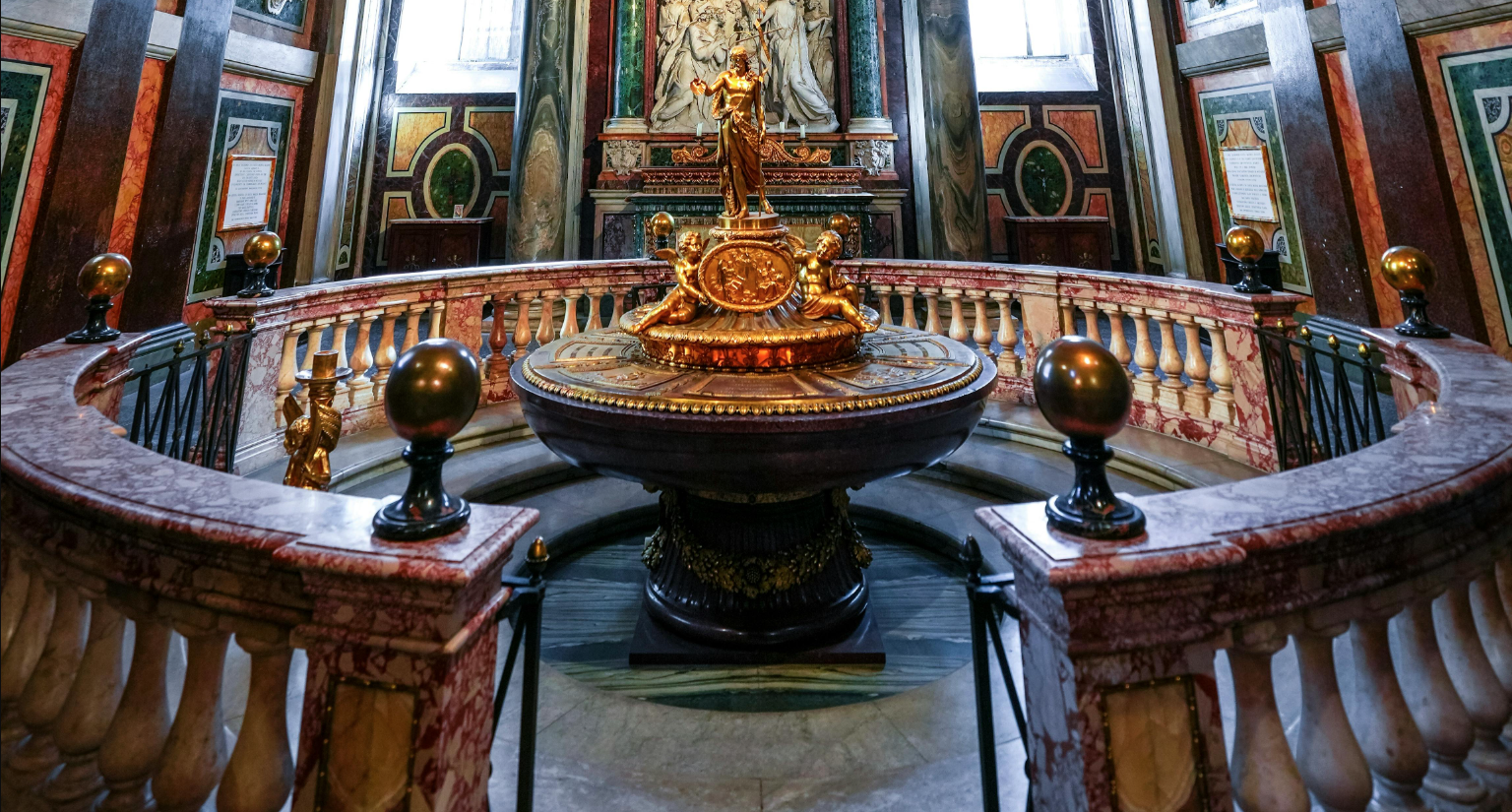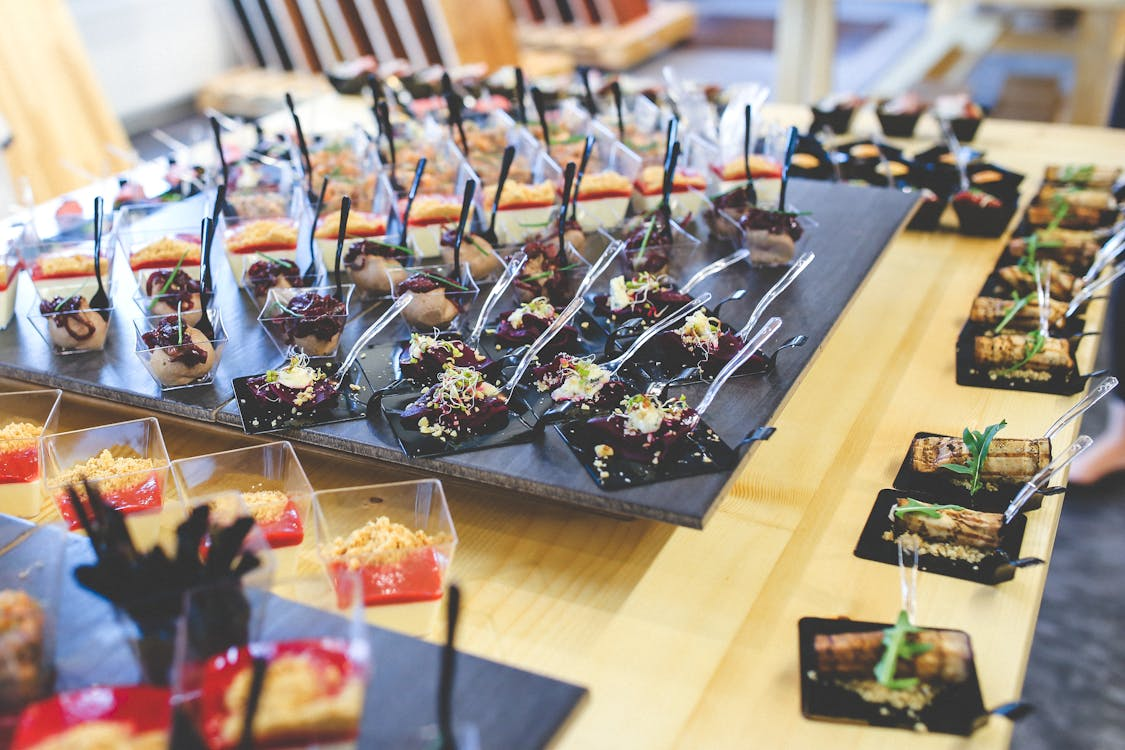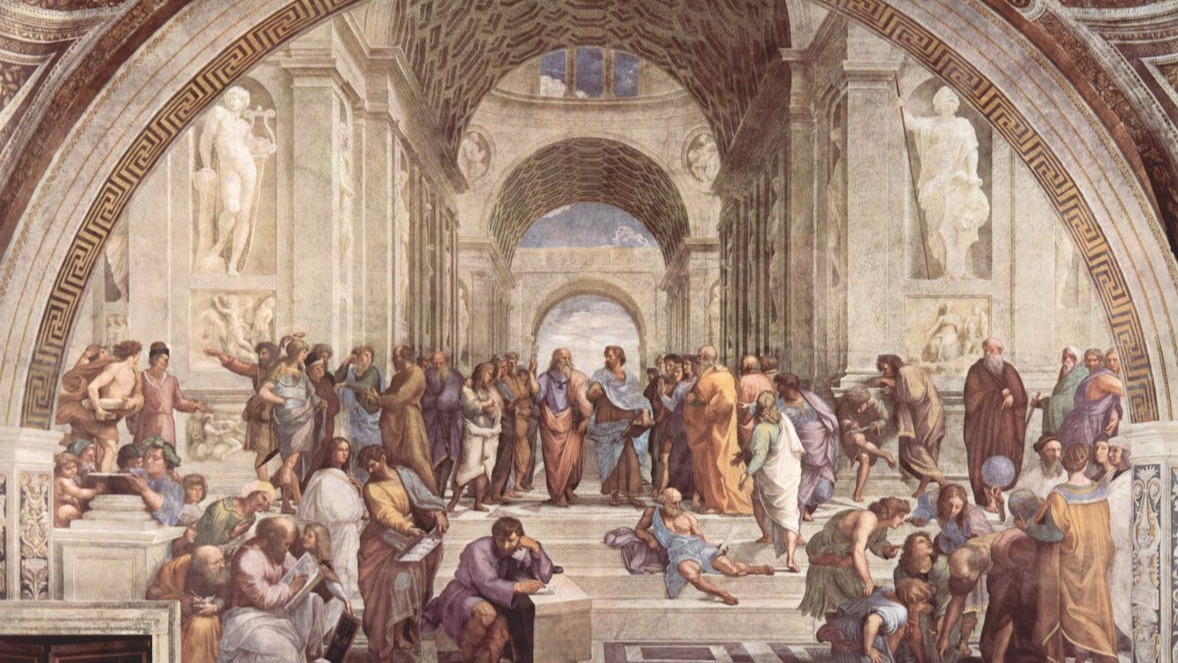Catering, in its essence, is an art form that has been evolving since civilization first gathered around communal fires to share meals. As we delve into the history of catering services, we'll explore how this industry has transformed from simple feasts to sophisticated, tailored events of today, and what might lie ahead in the future.
The Ancient Beginnings
Catering can trace its roots back to ancient times. In Mesopotamia and Ancient Egypt, large feasts were common for religious ceremonies, coronations, and other significant events. These were not just about food; they were elaborate displays of wealth and hospitality. Food was prepared in massive quantities, often using communal ovens, and served in a manner that emphasized social hierarchy.
In Ancient Rome, the banquet or "convivium" became an art form. Catering was about spectacle as much as sustenance, with dishes designed to amaze and entertain. The Romans introduced the concept of themed dining, with meals often reflecting the seasons or current cultural trends, a practice that has echoes in modern catering.

The Middle Ages to the Renaissance
During the Middle Ages, catering took on a more structured form with the rise of guilds and the professionalization of cooks and bakers. Feasts were central to medieval life, especially in royal courts where the banquet was part of diplomatic, political, and social strategy. The Renaissance brought further refinement; food presentation became more artistic with the introduction of sugar sculptures and intricate table settings, mirroring the era's increased appreciation for art and aesthetics.
The Industrial Revolution and Beyond
The Industrial Revolution marked a significant shift. With the expansion of urban areas and the rise of the middle class, catering began to cater to a broader audience. This period saw the birth of the modern restaurant, which indirectly influenced catering by offering a new model for dining outside the home.
In the 19th century, events like the Great Exhibition in London showcased catering on an unprecedented scale, with elaborate menus and service for thousands, highlighting technological and organizational advancements in food preparation and service.
20th Century Innovations
The 20th century was a time of immense change for catering. World Wars introduced the need for mass catering in military canteens, which led to innovations in food preservation and distribution. Post-war, there was a boom in business and corporate events, leading to the specialization of catering services for different types of events — weddings, corporate galas, and private parties.
The latter half of the century saw:
- Gourmet Catering: A focus on culinary excellence and innovation, with chefs like Julia Child influencing public tastes.
- Health Consciousness: A shift towards offering healthier options, influenced by dietary science and the rise of health trends.
- Cultural Diversity: An increase in global migration led to a broader palette in catering menus, incorporating international cuisines.
Current Trends in Catering
Today, catering is more dynamic and personalized than ever:
- Sustainability: There's a strong push towards eco-friendly practices, from local sourcing to reducing waste. Catering companies are now often judged by their environmental footprint.
- Technology Integration: From digital menus to apps for event planning, technology has made catering more efficient and interactive. Virtual reality previews of events or menus, online booking platforms, and real-time feedback systems are becoming standard.
- Experiential Dining: Catering isn't just about feeding guests; it's about creating an experience. This includes themed dining, interactive food stations, and even culinary performances.
- Personalization: With data analytics, catering can be highly tailored to the preferences and dietary restrictions of guests, a level of customization unthinkable in earlier eras.

Future Predictions
Looking forward, several trends seem poised to shape the future of catering:
- AI and Automation: Expect more automation in both kitchen processes and guest interaction. AI could manage everything from menu planning based on guest profiles to optimizing service staff distribution.
- Sustainable Luxury: There will be a continued blend of luxury with sustainability, perhaps with zero-waste menus or carbon-neutral event options becoming the norm.
- Health and Wellness: As health consciousness grows, catering will likely see innovations like personalized nutrition plans, integration of superfoods, or even catering to biometrics like gut health.
- Virtual and Augmented Reality: These technologies might take event planning and execution to new heights, offering immersive experiences or helping clients visualize their events in 3D before they happen.
- Cultural Fusion: As global connectivity increases, expect even more fusion in cuisine, with catering services offering menus that are a true melding of diverse culinary traditions.
In conclusion, catering has come a long way from the communal feasts of ancient times to today's sophisticated, bespoke services. As we've seen, each era has brought its innovations, reflecting broader societal changes, technological advancements, and evolving tastes. The future promises to continue this trend, merging tradition with cutting-edge practices to create experiences that are not only about eating but about memorable moments crafted through food. Whether you're planning a small intimate gathering or a grand corporate event, understanding this evolution can help you appreciate the depth and artistry behind what might seem like a simple meal.
